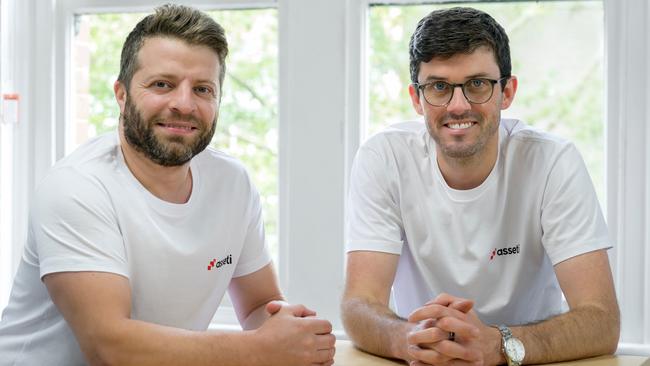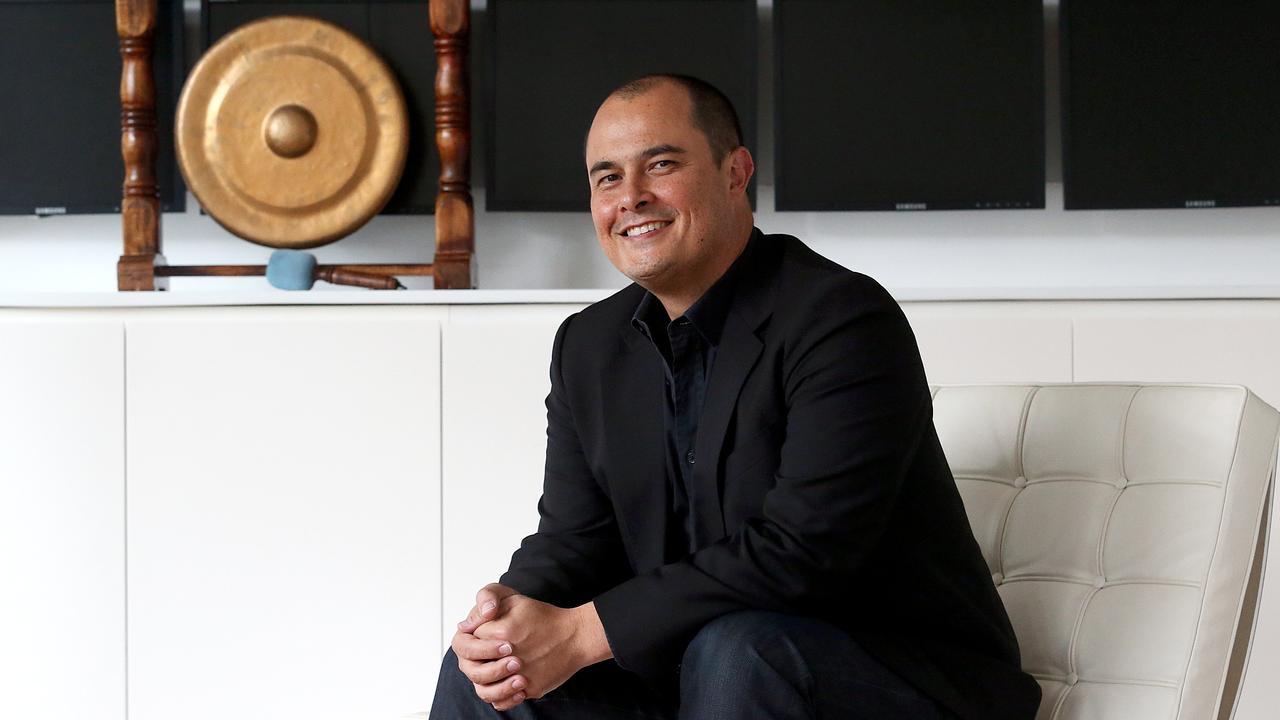Drone start-up Asseti helps fuel crackdown on dodgy tradies
A Sydney start-up that uses drones to monitor and manage assets has unintentionally found a way to help landlords crack down on uncompleted or shoddy building work.

A Sydney start-up that helps building owners manage their assets via drones has unintentionally become an authority helping them crack down on dodgy tradies.
Asseti has become the Uber for drone pilots, building a network of more than 3500 across Australia and the US that it pays to perform flyovers and capture footage and imagery above buildings. The images are then used to monitor their quality and look for damage.
It trains people to be drone pilots, and pays them between $350 and $800 a day for their work.
That data is then fed into its artificial intelligence-powered platform, which can predict when a property will need maintenance or repairs, using real imagery and benchmarking its assets against other buildings.
It’s an idea that has become increasingly popular among major landlords and developers across the country, including Mirvac, the start-up’s largest customer to date.
Most landlords knew little about their buildings, said Aonghus Stevens, Asseti’s founder who began working with drones in 2009.
“It’s common for an owner to know their building addresses and that’s typically all we will receive from them. From there, we then build out an asset hierarchy down to how many square metres of colour bond roofing on that site and then we’ll roll it back up at a portfolio level.”

That kind of data was helpful and prevented landlords from receiving inflated quotes or being overcharged by tradespeople who sometimes took advantage of those with multiple properties who didn’t have the time, access or knowledge to cross-check.
When new customers joined Asseti, their suppliers were also brought on board into its marketplace, which has grown to have between 400 and 500 businesses, from electricians to plumbers, builders and roofers.
While the platform was not built to be an authority on trades and their work, it ended up becoming that way, with some customers changing suppliers after coming on board. “I think that that has been a natural evolution, obviously, rather than by design,” Mr Stevens said.
“We started off (the business) by asking how we can do more with visual data on these assets and now we have automated that by using AI to detect all the components, their defects and to produce the cost schedule (for repairs and maintenance).”
The platform automatically benchmarks suppliers providing a grade that Asseti’s customers could choose when looking to get work done.
“We see a high rate of change in landscaping rather than in plumbing and I would say that that’s partly to do with the essential nature of those services,” Mr Stevens said.
In other cases, the platform also became a verification service of trades work on roofs and outdoors, with its visual flyovers that take place quarterly able to confirm whether roofing had been replaced or repairs had been carried out.
The start-up raised $2.5m in a seed round led by Tidal Ventures in May to support its expansion into the US. In 2025, it would go on to raise $US10m ($16m), Mr Stevens said.
Asseti was making waves as more and more drones took to the skies, with about 1.5 million drone flights taking place across the nation last year. That figure is set to sky rocket to 60.4 million by 2043, according to government-run sky monitor Airservices Australia.
But not all businesses are viable, with Melbourne-based drone logistics operator Swoop Aero having entered voluntary administration last month.
Mr Stevens, who first began selling drones in 2009 and later set up a business called Measure Australia providing drone data solutions, said he believed the next big market for drones was traffic.






To join the conversation, please log in. Don't have an account? Register
Join the conversation, you are commenting as Logout